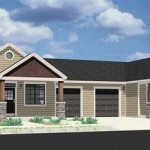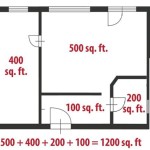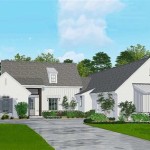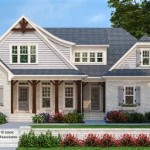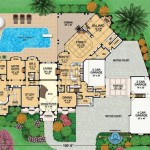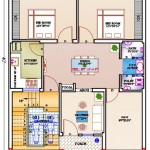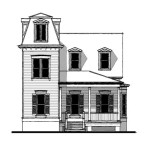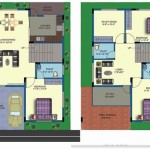Essential Aspects of Easy Nesting Box Plans
Nesting boxes provide essential shelter and breeding sites for birds, contributing to their survival and well-being. If you're an enthusiast looking to build your own nesting boxes, having a comprehensive plan is crucial for their effectiveness and safety. This article explores the essential aspects of easy nesting box plans to help you create a successful habitat for your feathered friends.
Material Selection
The choice of material for your nesting box is critical for durability and weather resistance. Cedar, redwood, and other rot-resistant woods are excellent options. Ensure the wood is at least 3/4 inch thick to provide insulation and withstand harsh weather conditions.
Box Dimensions
The size of the nesting box varies depending on the bird species you intend to attract. Research the specific dimensions required for the bird species you're targeting. Generally, smaller boxes (4x4x6 inches) are suitable for wrens and chickadees, while larger boxes (6x6x8 inches) accommodate bluebirds and other larger bird species.
Entrance Hole
The entrance hole allows birds to access the box and should be positioned on the front or side panel. Its size and shape vary depending on the bird species. Consult birdhouse specifications to determine the optimal size and location for the entrance hole.
Ventilation and Drainage
Proper ventilation is essential to prevent moisture buildup inside the nesting box. Drill small holes (1/4 inch) near the top of the box for air circulation. Additionally, ensure there are no cracks or gaps in the box where water can penetrate. Consider adding a drainage hole in the bottom of the box to prevent water accumulation during rain.
Roof Design
The roof protects the box from the elements, so choose a durable material such as cedar shingles or metal. Ensure the roof overhangs the front panel by at least 2 inches to provide shelter from rain. A sloped roof effectively channels water away from the box.
Mounting and Placement
Select a suitable location for your nesting box, considering factors such as shade, protection from predators, and visibility for bird observation. Mount the box at a height of 5-10 feet above the ground using screws or a mounting pole. Ensure the box is secure and will not be easily knocked down by wind or animals.
Maintenance and Cleaning
Regular maintenance is essential to keep your nesting box clean and safe for birds. Clean out the old nesting material annually after the nesting season to prevent disease and parasites. Inspect the box for any damage or deterioration, and repair or replace it as needed.
Additional Tips
- Consider painting the nesting box a natural color to blend in with the surroundings.
- Add wood shavings or sawdust to the bottom of the box to provide a nesting substrate.
- Avoid using treated wood or any materials that could be harmful to birds.
- Place the box in a quiet and undisturbed area to encourage bird use.
- Be patient and observe the birds' behavior to ensure they are using and benefitting from your nesting box.
By following these essential aspects of easy nesting box plans, you can create a welcoming and safe shelter for birds in your backyard or garden. These plans serve as a valuable guide to help you provide these essential habitat structures for our feathered friends.

Make A Nest Box Bto British Trust For Ornithology

En Coop Nest Box Plans Construct101

How To Build A En Coop That Will Make Them Lay Eggs

Super Simple Nesting Box Plans Made

En Coop Nesting Boxes Plans Myoutdoorplans

How To Plan And Build A En Coop Green Willow Homestead

Build A Nest Box In Seven Easy Steps Odwc

Building A Diy En Nesting Boxes 21 Plans And Ideas The Poultry Guide

Building Nesting Boxes Ashley Shaw Lil Blue Boo

Nesting Boxes For 6x6 Coop Free Diy Plans Garden How To Build Projects
Related Posts

